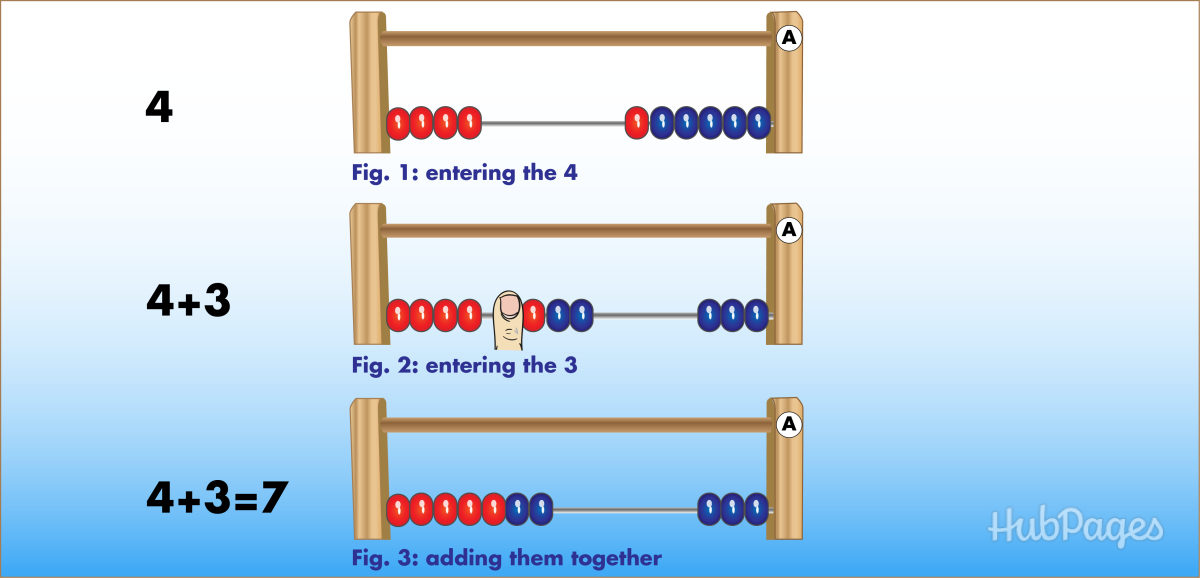
They should now read 4, blank, and 8, making your answer 408. Record the product of the last two digits 4 and 2 (8), in the last of the answer columns.Since you're adding a 4 to a 6 in that column, carry one bead over to the first answer column, making a 4 in the seventh column (four beads from the bottom section pushed up to center bar) and a 0 in the eighth (all beads in their original starting position: the top section bead pushed up, bottom section beads pushed down). When you multiply the 4 and the 1, add that product (4) to the eighth column, the second of the answer columns.Click the answer to find similar crossword clues. Enter the length or pattern for better results. The Crossword Solver finds answers to classic crosswords and cryptic crossword puzzles. This clue was last seen on Universal Crossword JanuAnswers In case the clue doesn’t fit or there’s something wrong please contact us. Push one bead from the upper section down, and one bead from the lower section up. The Crossword Solver found 30 answers to 'Use an abacus (3)', 3 letters crossword clue. On this page you will find the solution to Uses an abacus perhaps crossword clue. Next, multiply the 3 and the 2, recording their product in the eighth column. Upon examining the given clues, we have managed to identify a total of 1 possible solutions for the crossword clue Abacus pieces.In an effort to arrive at the correct answer, we have thoroughly scrutinized each option and taken into account all relevant information that could provide us with a clue as to which solution is the most accurate.Push three beads up in that seventh column. First, multiply 3 and 1, recording their product in the first answer column.For the problem 34 x 12: X Research source

About 1,500 years ago in India a symbol was used to represent an abacus column. You will keep moving beads on the right hand portion of the abacus as you multiply the individual digits. Addition and subtraction were done instead on an abacus or counting frame. Start recording in the first answer column, after the blank one for the “=” sign. Record the products in the correct order.


 0 kommentar(er)
0 kommentar(er)
